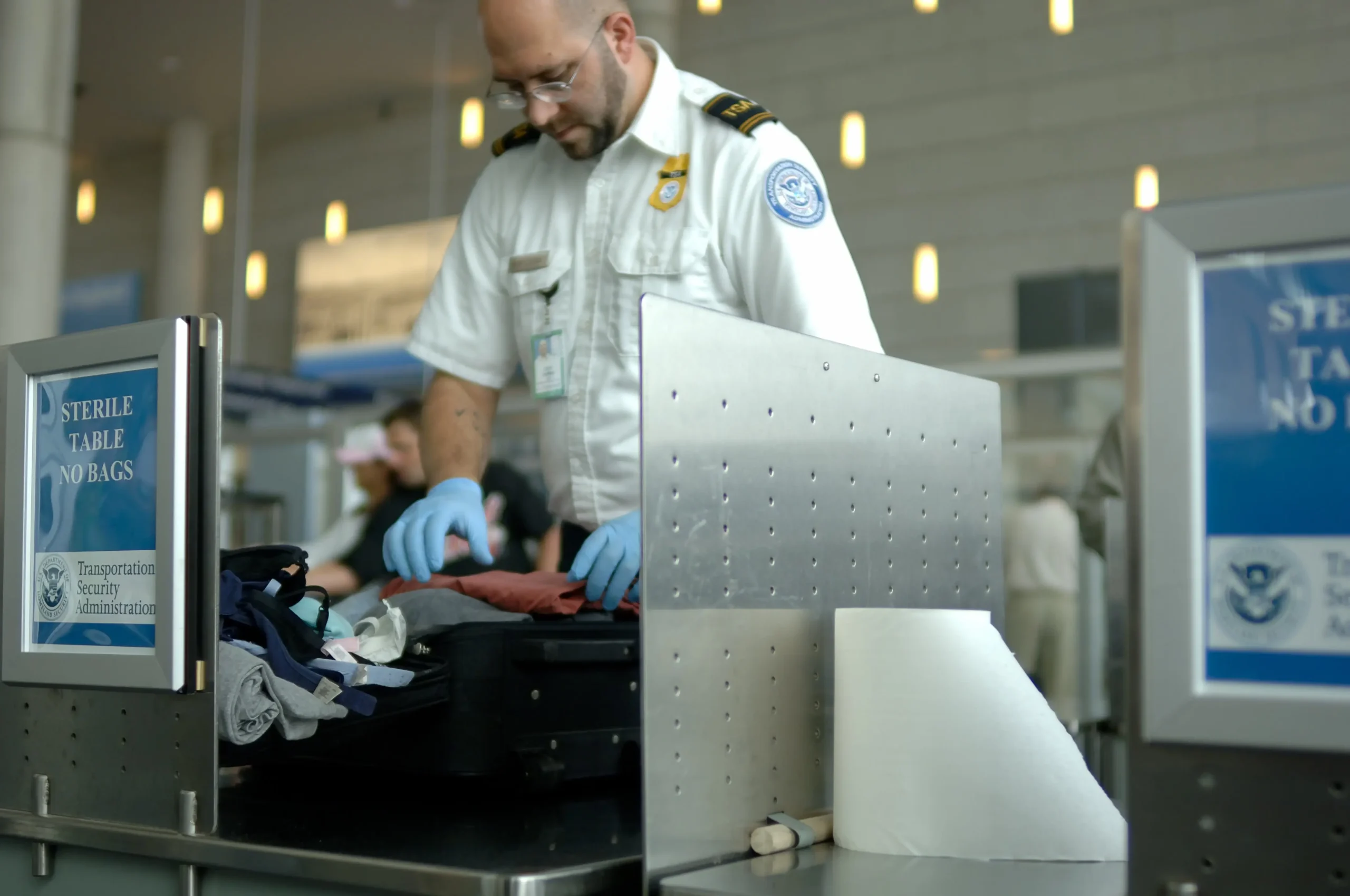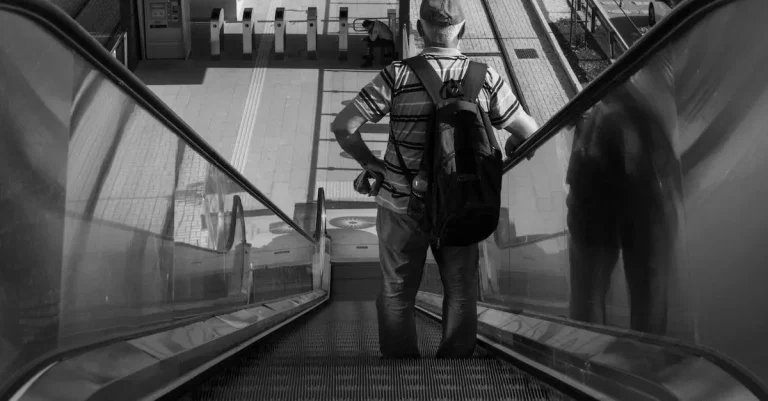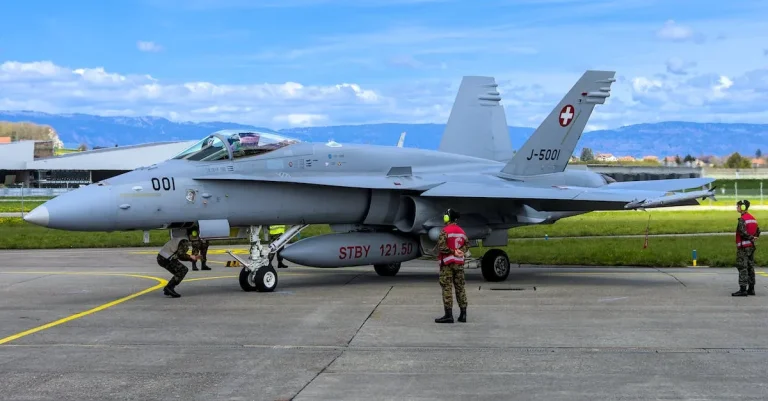Traveling can be stressful enough without having to worry about additional security screening. If you’re flying anytime soon, you may be wondering – do I need a fingerprint background check at the airport?
The short answer is – it depends on your airport and destination.
Fingerprint checks are typically only required for flights entering the U.S. from international points of origin. Keep reading to learn everything you need to know to breeze through airport security with minimal hassle.
This comprehensive guide will provide readers with a detailed overview of airport fingerprint background checks. It covers who needs fingerprinting, what the process entails, key privacy concerns, and tips for speeding through security.
Understanding Airport Fingerprint Background Checks
Airport fingerprint background checks have become increasingly common in recent years as a part of enhanced security measures.
What is a fingerprint background check?
A fingerprint background check is a process where an individual’s fingerprints are compared against a database of known criminal records. This helps to determine if the person has any previous criminal history that may pose a risk to airport security.
The fingerprints are captured using specialized equipment that scans the ridges and patterns on the individual’s fingers, creating a unique digital representation of their prints.
Once the fingerprints are captured, they are submitted to relevant law enforcement agencies for analysis. The agencies compare the prints against their databases to identify any matches.
If a match is found, further investigation is conducted to verify the identity and criminal history of the individual.
Why are fingerprint checks required at airports?
Fingerprint checks are required at airports to ensure the safety and security of passengers, airport staff, and the overall aviation system.
By conducting these checks, airports can identify individuals with criminal records or those who may pose a potential threat to airport security.
Fingerprint checks provide a more accurate and reliable method of identification compared to other forms of identification, such as ID cards or passports, which can be forged or stolen.
The unique ridge patterns of an individual’s fingerprints make it extremely difficult for someone to impersonate another person.
In addition to enhancing security, fingerprint checks also help to expedite the screening process for individuals who frequently travel through airports.
Once a person’s fingerprints are on file, they can undergo a faster and more efficient security screening process, reducing wait times and improving the overall airport experience.
Which airports require fingerprinting?
The requirement for fingerprinting at airports varies depending on the country and specific airport regulations.
Some airports, particularly those with high-security levels or those that serve as international hubs, may have mandatory fingerprinting procedures in place.
For example, in the United States, certain airports have implemented fingerprint background checks for employees who have access to secure areas, such as baggage handling and aircraft maintenance.
These checks are part of the Transportation Security Administration’s (TSA) security protocols.
It is important for individuals working at or traveling through airports to familiarize themselves with the specific requirements of the airports they are visiting. This information can usually be found on the official website of the airport or the relevant aviation authority.
Who Needs an Airport Fingerprint Check?
An airport fingerprint check is an important security measure that helps ensure the safety of passengers and airport personnel. It is required for various individuals who are entering or transiting through airports.
Here are the different groups of people who need to undergo an airport fingerprint check:
U.S. citizens returning home
Upon returning to the United States, U.S. citizens may be required to undergo an airport fingerprint check. This is done to verify their identity and ensure that they do not pose a security risk.
The fingerprint check helps authorities confirm the person’s identity and compare it with their records.
Foreign visitors and immigrants
Foreign visitors and immigrants entering the United States also need to undergo an airport fingerprint check. This is part of the immigration process and is conducted to verify their identity and check for any criminal records.
The fingerprint check helps immigration authorities determine the eligibility of individuals to enter or stay in the country.
Children and minors
Children and minors traveling alone or accompanied by adults are also subject to airport fingerprint checks. This is done to ensure their safety and prevent any cases of child trafficking or abduction.
The fingerprint check helps authorities verify the identity of the child and the accompanying adults, providing an additional layer of security.
Passengers transiting through the U.S.
Passengers transiting through the United States, even if they are not entering the country, may still be required to undergo an airport fingerprint check.
This is part of the security measures implemented to prevent any security threats or illegal activities within airports. The fingerprint check helps authorities screen passengers and identify any potential risks.
It is important to note that airport fingerprint checks are conducted in compliance with legal regulations and privacy standards. The collected fingerprint data is securely stored and used only for identification and security purposes.
These checks play a crucial role in maintaining the safety and security of airports, ensuring a smooth travel experience for everyone.

What to Expect During Airport Fingerprinting
When it comes to airport fingerprint background checks, it is important to know what to expect during the process.
Being prepared can help alleviate any nervousness or uncertainty you may have. Here is a breakdown of what you can anticipate when undergoing airport fingerprinting:
Where fingerprinting takes place
Typically, fingerprinting for airport background checks takes place at designated locations within the airport.
These locations are usually situated near security checkpoints or in a separate area specifically dedicated to fingerprinting procedures.
It is important to arrive early and allow yourself enough time to locate the fingerprinting station.
The fingerprinting process step-by-step
The fingerprinting process is fairly straightforward and can be completed in a few simple steps:
- Provide identification: Before the actual fingerprinting takes place, you will be required to provide a valid form of identification. This can include a passport, driver’s license, or other government-issued ID.
- Finger placement: Once your identification has been verified, the fingerprinting technician will guide you through the process of placing your fingers on a special scanner. This scanner captures a high-resolution image of your fingerprints.
- Quality check: After the initial scan, the technician will assess the quality of the images captured. In some cases, additional scans may be necessary to ensure clarity and accuracy.
- Verification and submission: Once the technician is satisfied with the quality of the images, they will verify your information and submit the fingerprints for processing. This typically involves sending the data to a database for comparison and analysis.
Average time for fingerprinting
The duration of the fingerprinting process can vary depending on factors such as the number of individuals getting fingerprinted and the efficiency of the fingerprinting station.
On average, the entire process, from providing identification to submission, takes approximately 10-15 minutes per person.
However, it is always recommended to arrive early to allow for any unforeseen delays or additional requirements.
Concerns Over Privacy and Data Usage
As airport security measures continue to evolve, one of the latest developments is the implementation of fingerprint background checks.
While this technology has been praised for its ability to enhance security and streamline the screening process, it has also raised concerns over privacy and data usage.
How fingerprint data is stored and shared
When passengers go through an airport fingerprint background check, their fingerprint data is captured and stored in a secure database.
The data is encrypted and stored in a way that it cannot be easily accessed or manipulated by unauthorized individuals.
The stored fingerprint data is primarily used for identity verification during future screenings.
The Transportation Security Administration (TSA) is responsible for managing the fingerprint data collected at airports. They have implemented strict protocols to ensure the privacy and security of the stored data.
Access to the database is limited to authorized personnel only, and regular audits are conducted to detect any potential breaches.
It is important to note that the fingerprint data collected during airport screenings is not shared with other government agencies or third parties.
The data is solely used for airport security purposes and is not used for any other purposes without the explicit consent of the individual.
Tips for Speeding Through Airport Security
Have documents ready
By having these items readily accessible, you can save valuable time and avoid fumbling around at the security checkpoint.
Avoid bringing prohibited items
To ensure a smooth and efficient airport security experience, it’s important to avoid bringing prohibited items in your carry-on luggage. These items can include sharp objects, liquids over a certain volume, and firearms.
Familiarize yourself with the Transportation Security Administration (TSA) guidelines to know what items are allowed and what should be left at home.
Consider TSA PreCheck and Global Entry
If you frequently travel by air, it might be worth considering TSA PreCheck or Global Entry. These expedited screening programs can help you breeze through security lines with ease.
TSA PreCheck allows you to enjoy benefits such as keeping your shoes and light jackets on, while Global Entry provides expedited customs and immigration clearance for international travelers.
Allow ample time
Lastly, one of the most crucial tips for speeding through airport security is to allow ample time for the process.
Arriving at the airport early ensures that you have enough time to navigate security checkpoints without feeling rushed.
It also allows for any unforeseen delays or long lines that may occur.
Conclusion
While not every traveler will need to complete an airport fingerprint background check, they are required for certain international flights entering the U.S.
By understanding the fingerprinting process and who needs scanning beforehand, you can breeze through airport security and focus on enjoying your travels.
With the right preparation and documents in hand, fingerprint background checks are quick and painless. Bon voyage!






